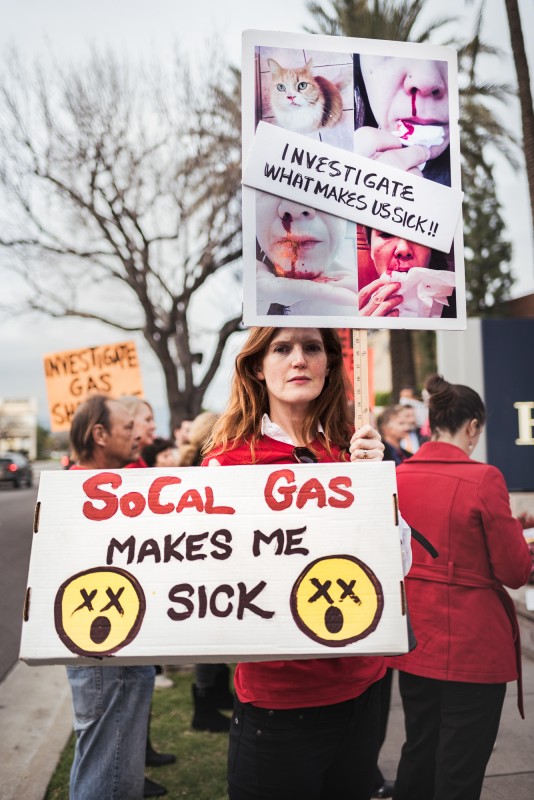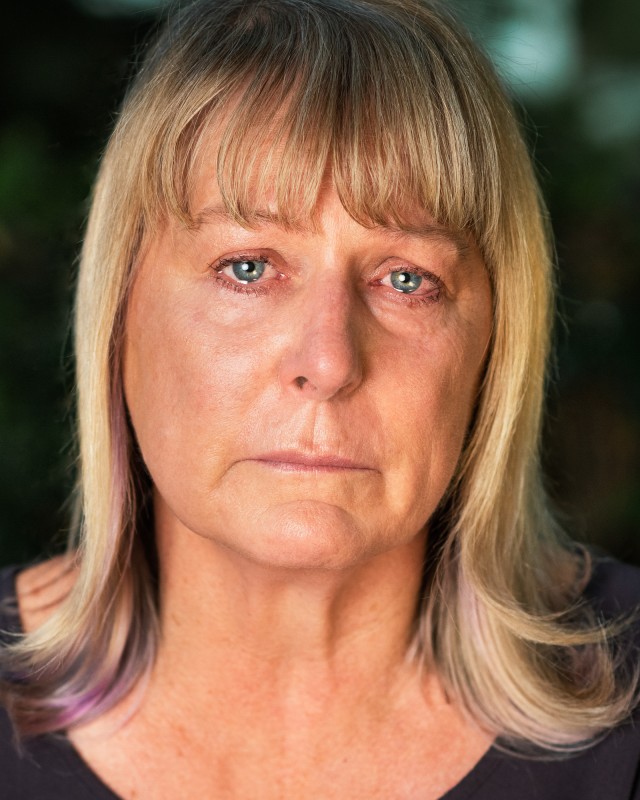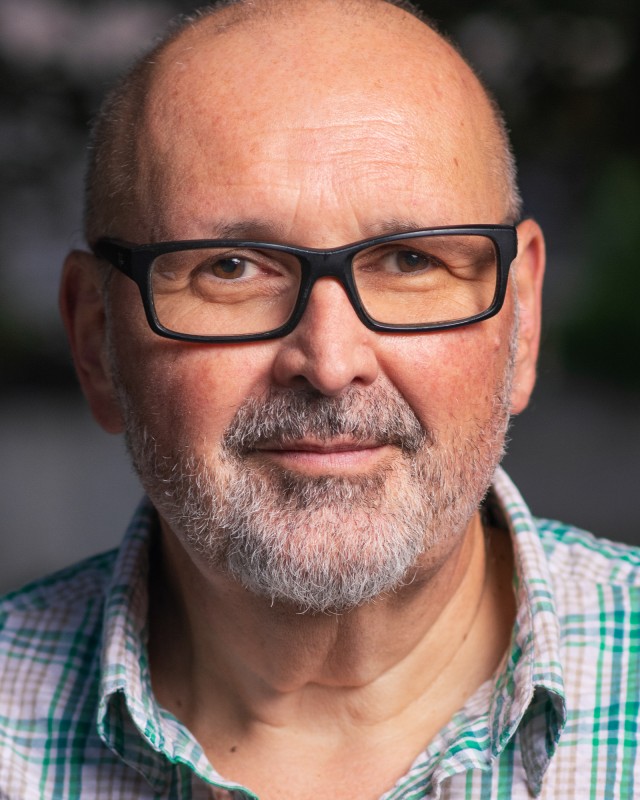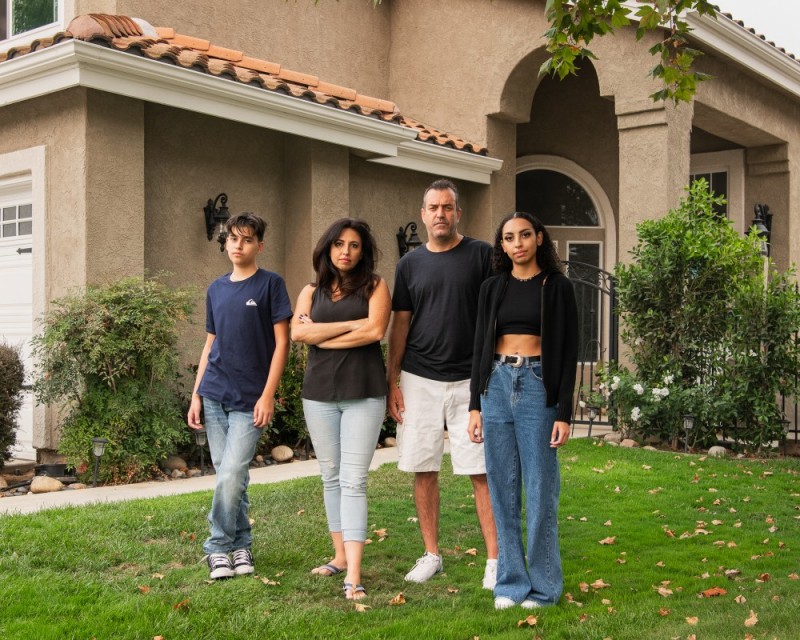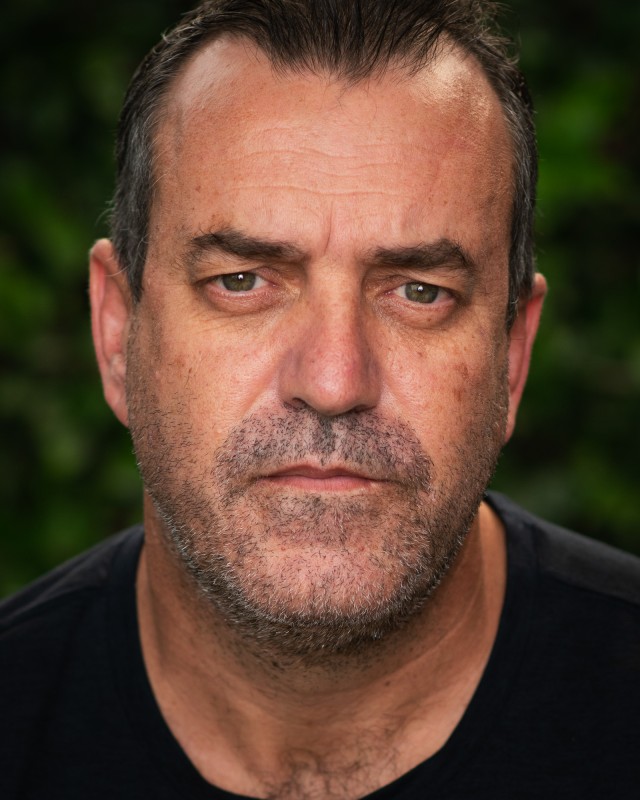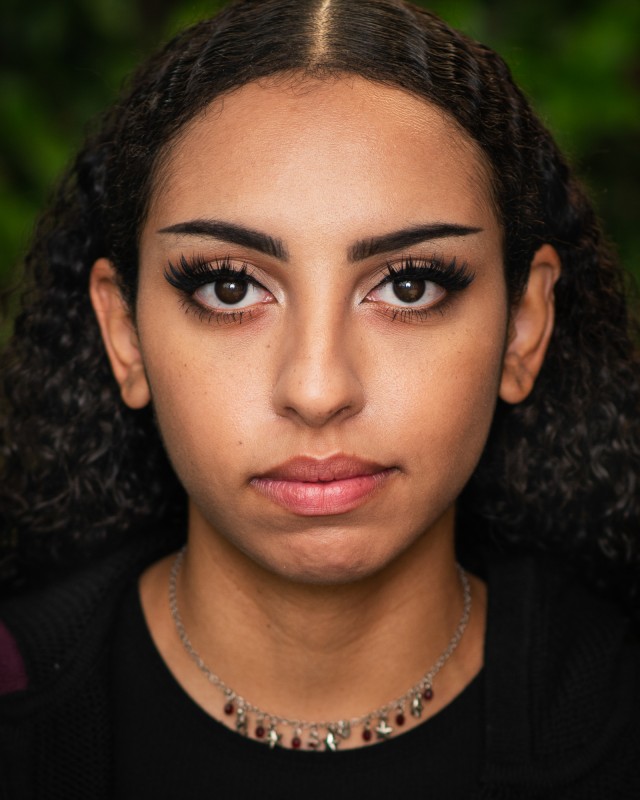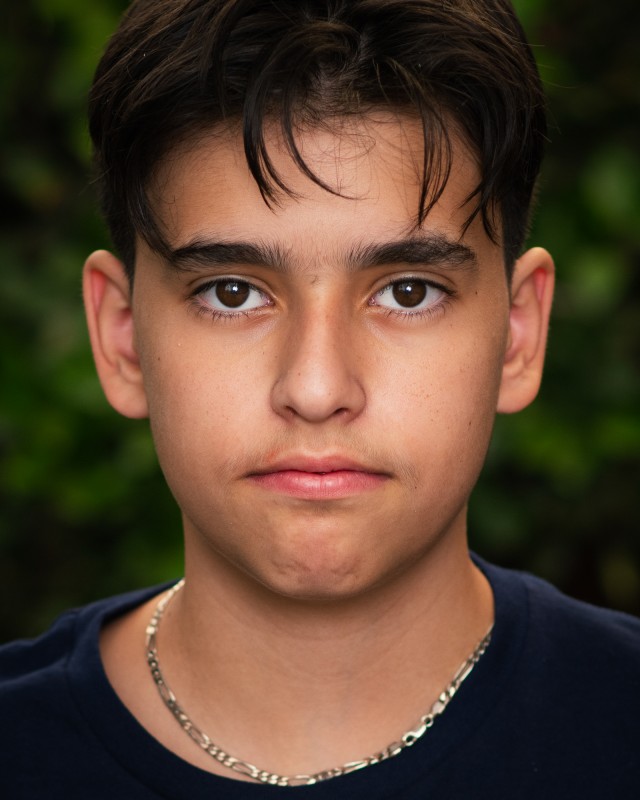Hannah Benet talks about her personal project, Aliso Stories - a project highlighting individuals that lived through the largest gas blowout in US history. Interview by Patti Silverstein/APA-LA.
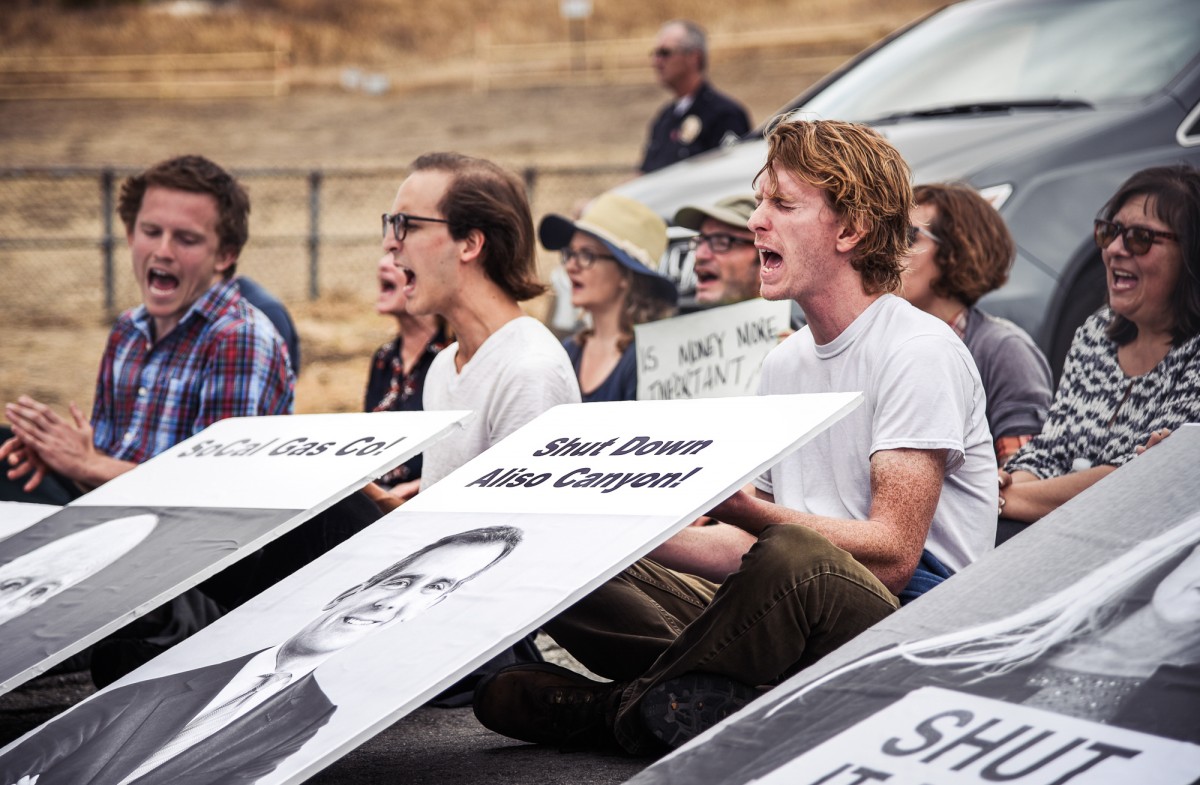 ©Hannah Benet
©Hannah Benet
PS: So thrilled to be talking to you and learning more about this project that you have so passionately been working on and wanting to share. The project is very personal to you. You lived through the Porter Ranch Gas Blowout and have witnessed the fall out from it first hand. When did it become clear to you that you needed to document this? What was the process you went through to get to this point?
HB: Porter Ranch is the community I grew up in and my parents still live there. I learned about the blowout from BBC news. It was the top international news story because the carbon footprint of the disaster had just surpassed that of the BP oil spill. Unlike the BP oil spill, this disaster was characterized by an invisible gas that lacked dramatic imagery. I found out later on that the gas company and even our public utilities commission worked hard to cover up the extent of the disaster. While the blowout was ongoing, I created a series featuring kids from the impacted communities wearing gas masks in Porter Ranch. Moving forward I became more involved in the movement to shut down the facility by documenting protests and rallies that were organized by organizations including Save Porter Ranch and Food and Water Action. Through those events I met a lot of other people who were impacted and learned about their individual experiences. October 2020 marked the five year anniversary of the blowout, so I created some fresh visuals. Aliso Stories is a multimedia documentary and fine art project that shares the human side of the largest gas blowout in the history of the United States.
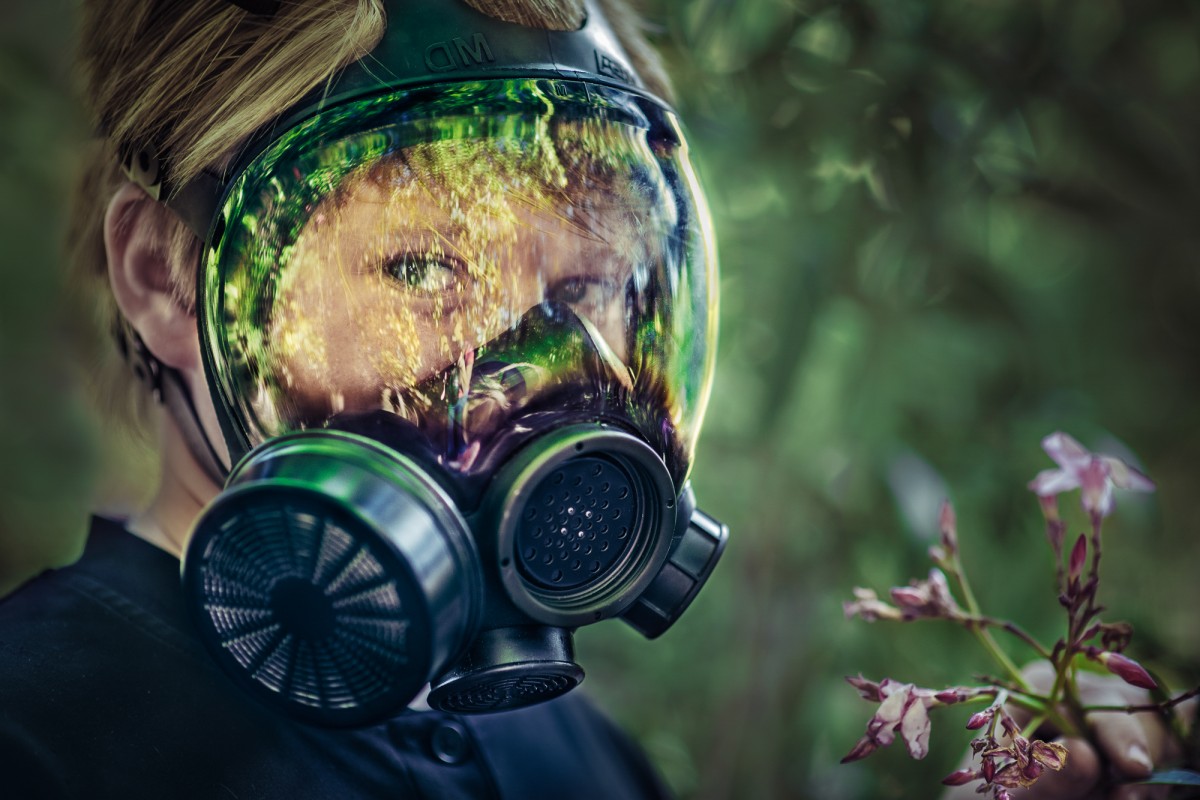 ©Hannah Benet
©Hannah Benet
PS: Can you tell us some of the side effects people have experienced due to this?
HB: People in the community experienced a variety of symptoms including headaches, heart palpitations, cognitive impairment, dizziness, loss of motor coordination, flu-like symptoms, and nosebleeds. Those symptoms are just the tip of the iceberg. The long term effects are starting to surface. We have a cancer cluster in the North San Fernando Valley and many residents are attributing it to the blowout and prolonged exposure to pollution that comes from that facility every day. There’s a health study in the works.
©Hannah Benet
PS: Did you get push back from anyone as you started pursuing the project?
HB: Yes. People from the gas company saw the project. They never directly reached out to me but someone from their parent company subtly intimidated one of my relatives where they work. Representatives of the gas company sit on the boards of some of our largest institutions here in LA. When that happened it was really scary for all of us but it also motivated me to do more.
PS: You’ve talked to several families that were affected - any particular stories you’d like to share that have really moved you?
HB: Deirdre’s - Her father was living with them. At the time they didn't realize the extent of the leak (they trusted that the gas company wouldn’t lie and that our politicians would protect us). She tried to convince her Dad to leave because he was experiencing a lot of the initial symptoms, but he was stubborn and refused to relocate. He was diagnosed with cancer later that year and sadly passed away. His toxicology report revealed that he had abnormal levels of benzene, formaldehyde, and styrene in his blood; which is consistent with what was coming out of the well during the blowout.
The Hernadez family — Nancy, Diego, Gabriela and Lucas — suffered terribly. They were a few miles from the blowout, but the winds brought the gas to their neighborhood. Their whole family came down with health problems, and they were not able to relocate until February. The Blowout had already been going on for four months. Evacuation benefits were not available until that time because the neighborhood was not included in the initial perimeter that was given access to relocation benefits. They tried to move back home after the blowout was capped, but their symptoms returned. The children came down with rashes and their daughter developed a chronic cough. Their son, who has Tourette’s Syndrome, had worsening symptoms that were out of control. Sometimes Nancy would get tingling numbness in her hands and arms, itchy skin, and a sharp chest pain whenever she would take a deep breath. Her neighbors were experiencing similar symptoms. They eventually had to move away permanently to protect their health.
PS: How did you find the families and what’s it been like shooting them?
HB: Some of the families I met at protests and community events. I also teamed up with Food and Water Watch and they referred some families to me. It’s been an empowering experience. I met the subjects at their home and I’ve been taking their portraits in their backyards for covid safety. Everyone is lit similarly: I use one strobe with an octa softbox. I interview them while I’m taking their portrait.
The people I’ve met come from politically diverse backgrounds, and in a time when there is so much polarization and division along political lines, it’s refreshing to hear democrats, republicans, independants, and progressives all being aligned on one thing: the gas facility needs to be shut down.
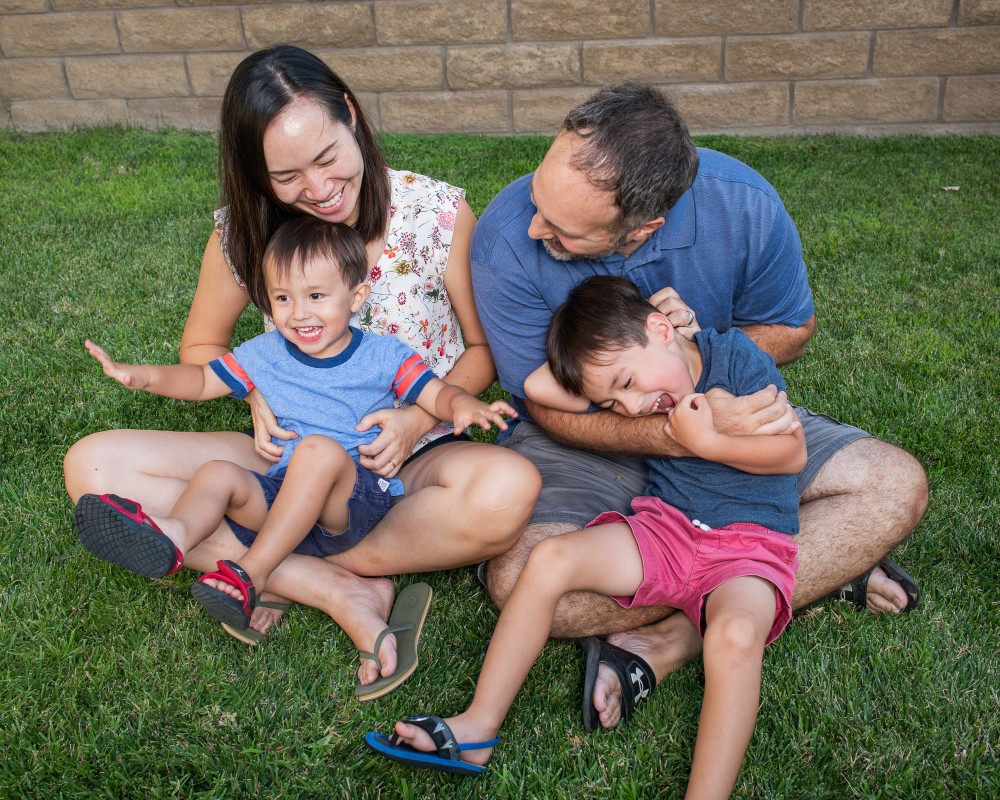 ©Hannah Benet
©Hannah Benet
PS: How has this project influenced other work that you are shooting?
HB: This project and the disaster drove me to start pursuing more documentary and photojournalism projects that are connected to environmental injustices throughout Los Angeles. For example, I’ve been documenting instances of neighborhood drilling and the movement to not just shut down these facilities but to make setback limits a law.
I’ve been gaining more experience shooting documentary style from this and have really learned about creating a safe and intimate space for my subjects to open up and share their stories. I now find that I am able to apply this process to all my shoots. The skills I’ve obtained through these personal projects have provided a foundation for me, as I pursue my photography career and create similar imagery.
PS: Has this Work been recognized?
HB: New York Times Op-ed piece on neighborhood drilling in Los Angeles, Off the Clock 2016, 2017, 2018, 2020, 2021, and a few progressive news sites have included some images for stories about this topic.
PS: What’s your plan in order to continue raising awareness about this situation?
HB: We actually printed these portraits out and brought them to Governor Newsom’s house recently. We had activists hold the portraits and read quotes from the individuals pictured. We brought the stories with us and we also brought them to the socalgas tower in downtown LA. We’ll keep doing that as long as the facility remains open. There are tens of thousands of impacted families and I’ll photograph as many of them as I can.
I’d also love to get this work published in more places— any suggestions are welcome!
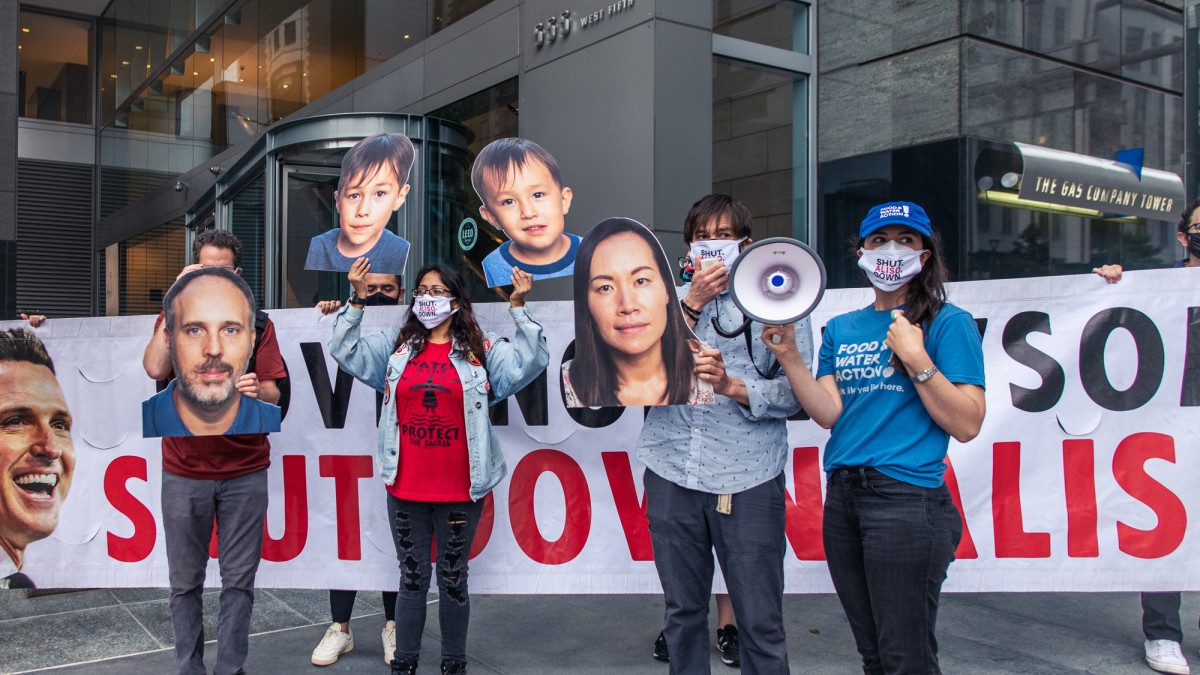 ©Hannah Benet
©Hannah Benet
PS: How can people get involved and help? What action can they take?
HB: We have a petition you can sign, urging Governor Newsom to use his executive power to shut down the facility. To see the full project, visit ALISOSTORIES.com To see Hannah's other work visit hannahbenet.com

